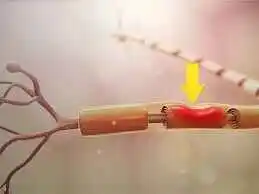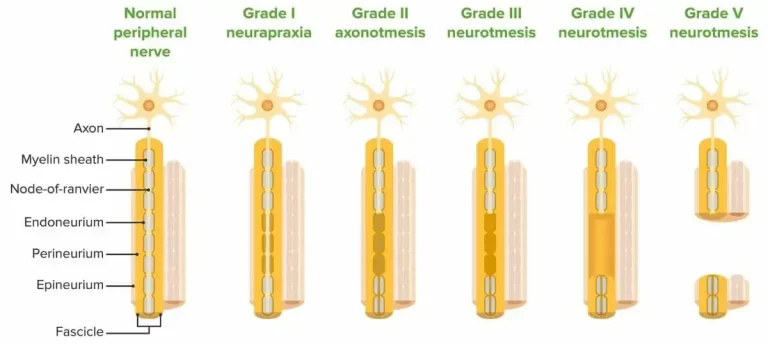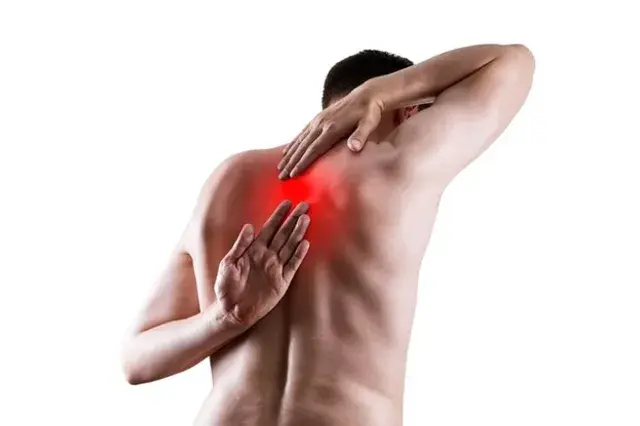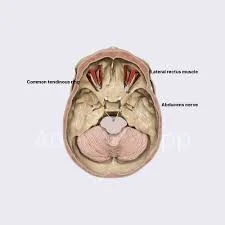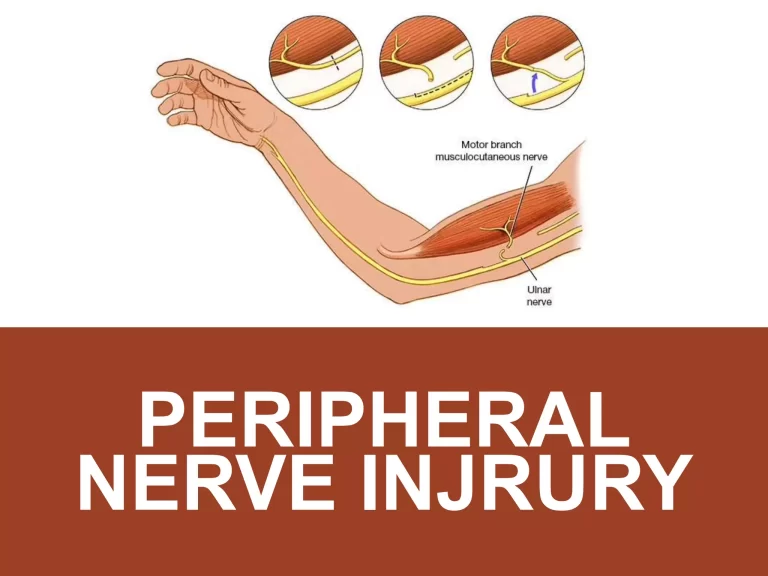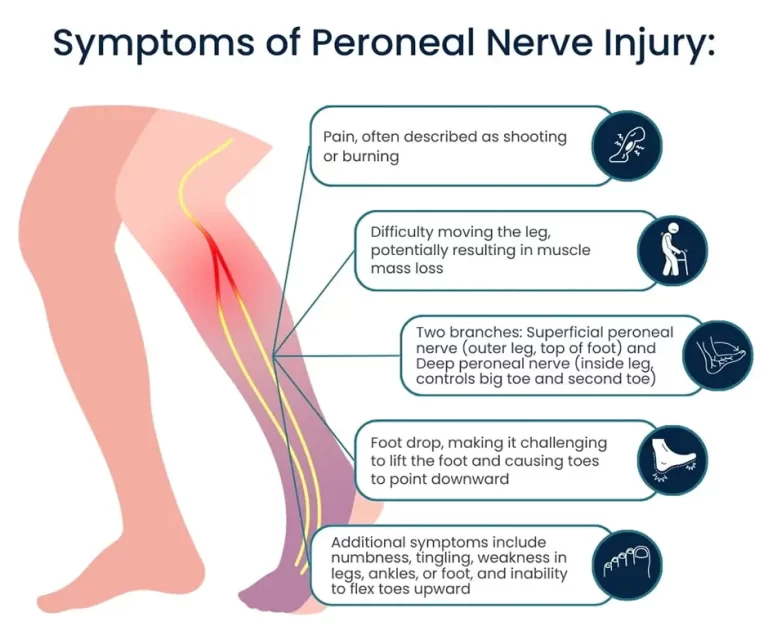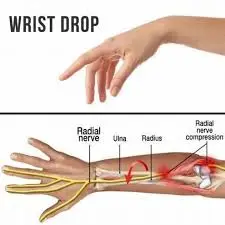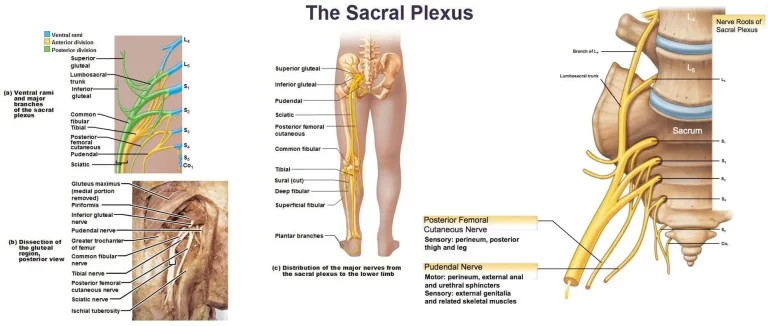Neurapraxia
The mildest type of peripheral nerve injury, known as neurapraxia, is frequently caused by focal demyelination or ischemia. Neurapraxia makes nerve impulse conduction harder in the damaged location. There is either whole or partial loss of motor and sensory conduction. When you have neurapraxia, you experience burning, stinging, and pain due to damage to your peripheral…

